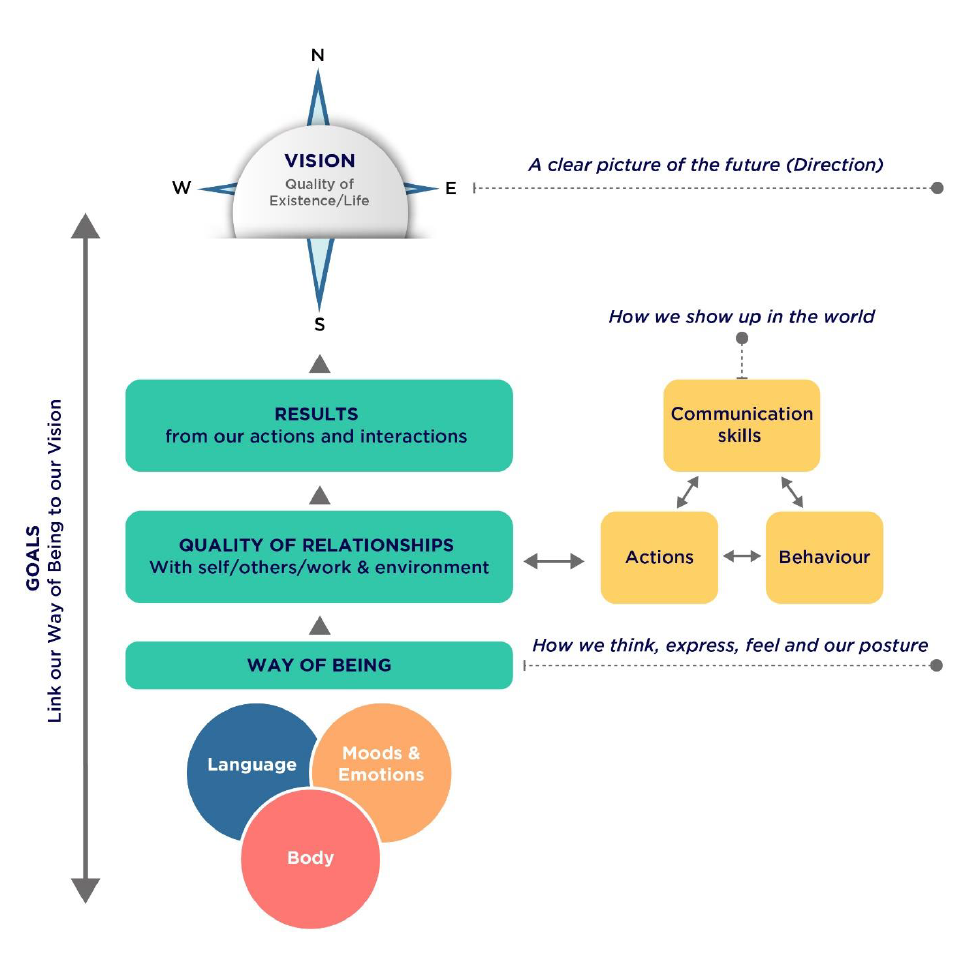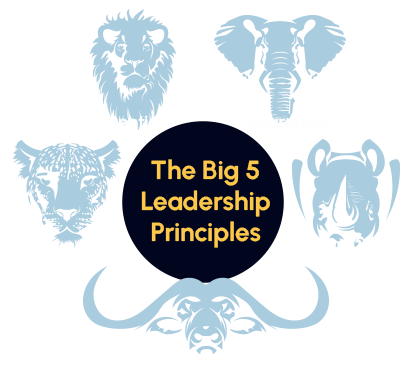Martin Luther King, proclaimed “I have a dream!” and millions of people around the world listened and aligned with that dream.
Having a clear dream or vision is a powerful force that helps the brain focus on what is important and helpful towards that dream. The field of Neuroscience has discovered that the Prefrontal Cortex (PFC) is engaged or activated with future orientated focus activities.
Now this area of the brain is the supercharged problem solver and executive decision maker! The PFC function, allows us to differentiate between good and bad, better and best, same and different, future consequences of current activities, planning, the ability to empathise with others and moderating social behaviour. In short this highly effective region is responsible for thoughts and actions in accordance with internal goals.
Essentially, we achieve greater results in our lives if we engage this part of the brain more often. Not having a personal vision or setting goals, leaves us living for the moment and being reactive rather than proactive. That is fine if we are just worried about surviving for today, however if we want to improve our quality of existence/life for ourselves and our families, then painting a picture of the future is crucial!
To explain how this works I will use the “ontological” model (whole of life).

By establishing a clear vision of the future, you are setting a direction to follow. Imagine if you are on a ship, and you have no destination, where will you go? How will you get there? You will just bob up and down in the ocean, probably getting seasick! Your vision is your guiding light, your compass bearing!
With a clear vision and direction, you can then identify and break down some short-term goals that align with this. Your brain (PFC) will be activated and you will perform at a higher level as you seek to be proactive in looking for opportunities and taking decisive actions.
The attainment of your vision depends on the results that you get from your actions and interactions. These, in turn, are influenced by the quality of your relationships. How you think and what you believe of yourself dictates the type of relationship you have with self. If you think poorly of yourself, chances are, you have a poor relationship with others. Poor relationships with self & others impedes the relationship you have with your work and environment. Flip this around to positive relationship with self, others, work and environment and, all of a sudden, you are starting to enjoy life and switch on the PFC to enable high performance! Go PFC, Go!!!
Our relationships are, of course, shaped by our ability to communicate effectively, our actions and our behaviour. This can be described as, “how you show up in the world”. It is how the world experiences us. If we are positive, enthusiastic and focused on moving towards something meaningful, then the world responds in a positive and collaborative way. If we are negative or listless, then the world responds likewise.
All of the above stems from us and how we are. This is described by Fernando Flores, as Way of Being, which broadly correlates with “mindset”. Now, our Way of Being is not fixed and it is in continual change. If we are not getting the results we wish in life, then the answer resides in our way of being.
Way of Being comprises of 3 human domains – Language, Moods & emotions and Body.
Language
This creates our reality. Language is how we listen to and interpret information from our environment and how we interact with self and others. If we say we can do something, then we generally move towards that ability. If we say we cannot, then we don’t!
Moods & Emotions
Moods are emotions that hang around for a while. They are how they predispose us to certain thinking, feelings, communication and behaviour. If we oppose things that have happened (facts) we can move into a mood of resentment. This will affect the language that we use in our conversations. The better option is to move into a mood of acceptance.
Body
The body is the vessel that carries the other two domains. The body and brain are inextricably linked, and neuroscience has proved that each influence the other. By making subtle changes in our breathing and posture, we can send more positive signals to the brain, to allow us to access possibilities for constructive change.
The results we get in life are directly linked to how clear you are about the future quality of life you want to experience and create.
Setting goals are a mechanism to break down the vision into bite-sized chunks (chunking down) and allow us to achieve milestones toward the final destination. This is where your career development goals can assist.
Do you have a dream? Can you see it in your minds-eye? Can you clearly articulate your personal vision in a way that excites you and others who you share it with? Have you set some goals to help you get there?
Go on, dare to dream! Who knows you might just achieve it! Success awaits you.
If you need any support in creating your personal vision, please contact one of the Leadership Coaches who will guide you through the process.




Leave A Comment